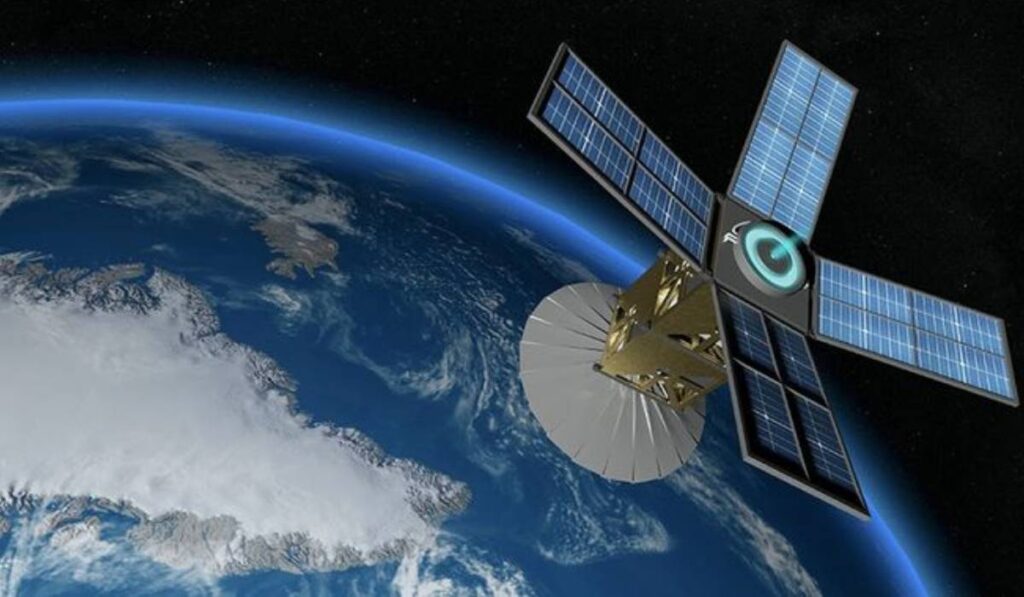
Recent intelligence reports indicating Russia’s interest in deploying a nuclear weapon in space, potentially targeting satellites, prompt critical inquiries into Russia’s motives and the potential fallout of such an orbital detonation.
The Outer Space Treaty of 1967, signed by both Russia and the U.S. among other nations, expressly prohibits the placement of weapons of mass destruction in space, including nuclear weapons.
Amid concerns about Russia’s intentions regarding space-based weaponry, there’s speculation about what specific technology Russia might be pursuing that skirts the boundaries of the Outer Space Treaty.
According to White House spokesman John Kirby, while Russia’s interest in this capability is worrisome, it’s important to note that no such weapon has been deployed yet.
ALSO READ: US Prepares for Space War Amid Deepening Tensions With Russia
Kirby emphasized that there’s currently no imminent threat to human safety, clarifying that the discussed weapon wouldn’t pose a direct risk to individuals or cause physical harm on Earth.
In addition to concerns about potential space-based weaponry, Russia’s actions in the nuclear realm have raised alarm. Last year, Russian President Vladimir Putin announced the country’s suspension of participation in the New START treaty, a pivotal agreement signed in 2010 and extended in 2021.
This treaty imposes limits on the number of deployed nuclear weapons by both Russia and the United States, while also facilitating inspections of nuclear facilities.
Russia, along with the United States and China, has engaged in the practice of using missiles to intentionally destroy their own satellites. The United States notably did so in 2008 using a ship-based interceptor missile, while Russia employed a similar tactic in 2021 to eliminate an aging satellite.
POLL—Should the U.S. Government Create a Path to Citizenship for Undocumented Immigrants?
A 2023 threat assessment from the U.S. director of national intelligence said Moscow was continuing to “field new anti-satellite weapons to disrupt and degrade U.S. and allied space capabilities.”
“It is developing, testing, and fielding an array of nondestructive and destructive counter space weapons—including jamming and cyberspace capabilities, directed energy weapons, on-orbit capabilities, and ground-based ASAT capabilities—to try to target U.S. and allied satellites,” the report reads.
In 2022, the Biden administration led the United States to become the first major world power to sign a voluntary moratorium. This was on the destructive testing of direct-ascent anti-satellite missile systems.
Space experts caution against using missiles to eliminate satellites because it generates significant debris in space. This poses a risk to other vital spacecraft such as weather satellites and communication network satellites.
ALSO READ: Lawmakers Warn of National Security Threat as Russia Plans to Launch Nuclear Weapon
Putin has expressed concern over a specific extensive array of satellites—SpaceX’s Starlink—which the Ukrainian military has utilized to plan and execute attacks since Russia’s invasion commenced.
Last year, leaked intelligence revealed that the U.S. assessed Russia’s attempt to employ its covert Tobol electronic warfare system to disrupt the Starlink network, potentially repurposing a system initially designed for satellite protection into one capable of targeting adversarial satellites. The extent of Moscow’s success in this endeavor remains unclear.
Russian leaders have also openly threatened to attack commercial satellites, including those operated by SpaceX and Maxar Technologies, referring to them as “legitimate targets.”
You Might Also Like:
Family of Four Show Up As Massachusetts Couple Volunteers To Host Migrants
Cohen Says Trump Will Start Liquidating Assets After NY Fraud Trial Ruling
Washington Man Sues Powerball Lottery After Hearing $340 Million Win Was a Mistake
Arizona School District Fires Teacher Over OnlyFans Account
Kristen Stewart Talks Having Kids With Fiancée, Explains Provocative Rolling Stone Cover
